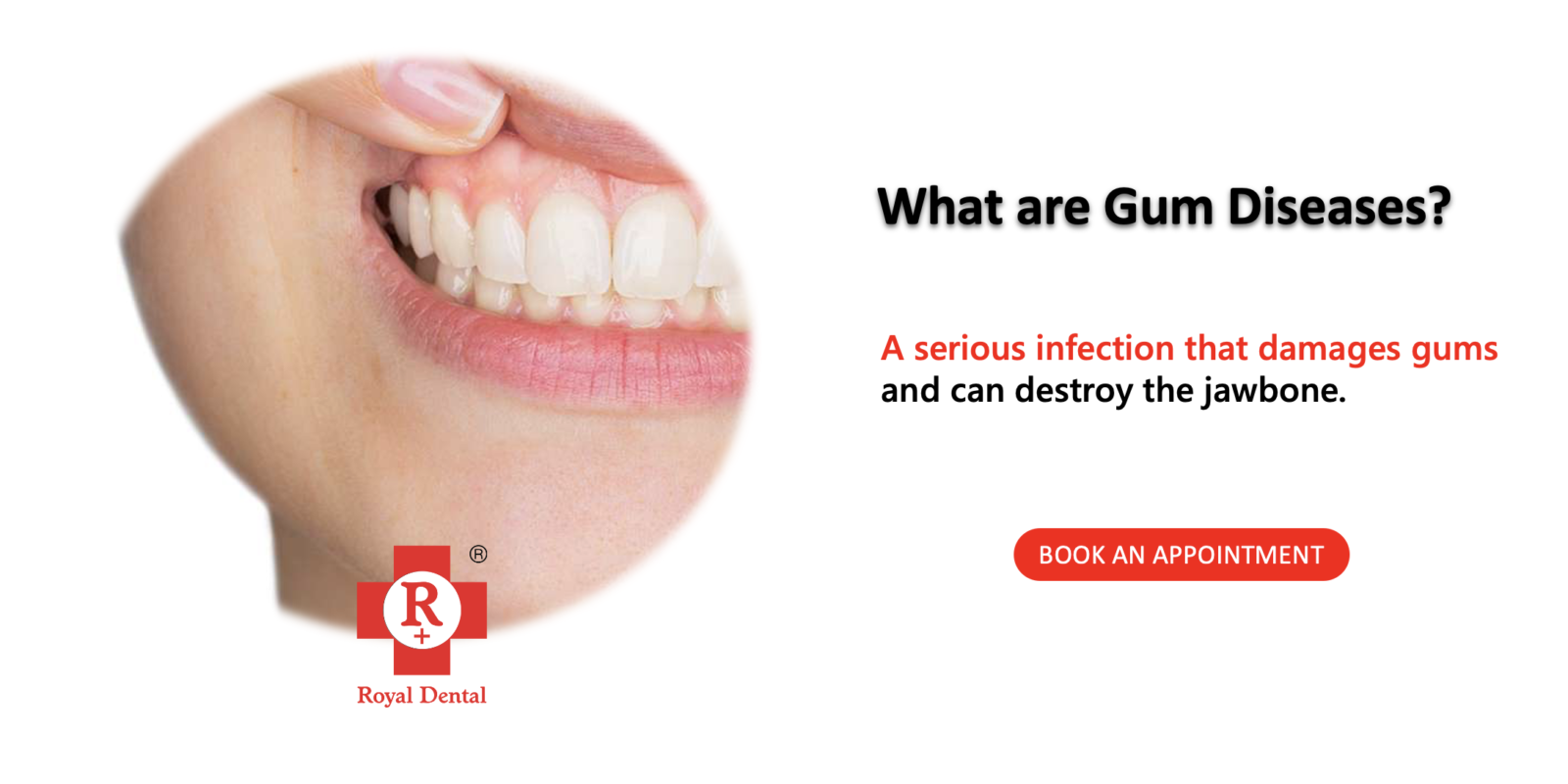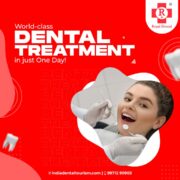When it comes to oral health, most of us are well-versed with the risks posed by bacteria and the importance of brushing our teeth twice a day. For most people, this is enough to keep gingivitis and periodontal disease at bay. But for others, these conditions can become more serious because of their genetic disposition and/or lifestyle choices that put them at risk. If you have receding gums or sensitive teeth, it may be a sign that you have this disease. This might not be as scary as it sounds – unless it gets worse. Bleeding gums and swollen or tender gums are telltale signs that you need to seek professional advice sooner rather than later.
What is Gum Disease?
Gum disease, also known as periodontal disease, is an infection of the soft tissue around the teeth that can also affect the bones supporting your teeth. While the exact cause of this disease is unknown, poor oral hygiene is a major risk factor for developing gum disease. The signs and symptoms of Periodontal issues include red, swollen gums that bleed easily when you brush your teeth.
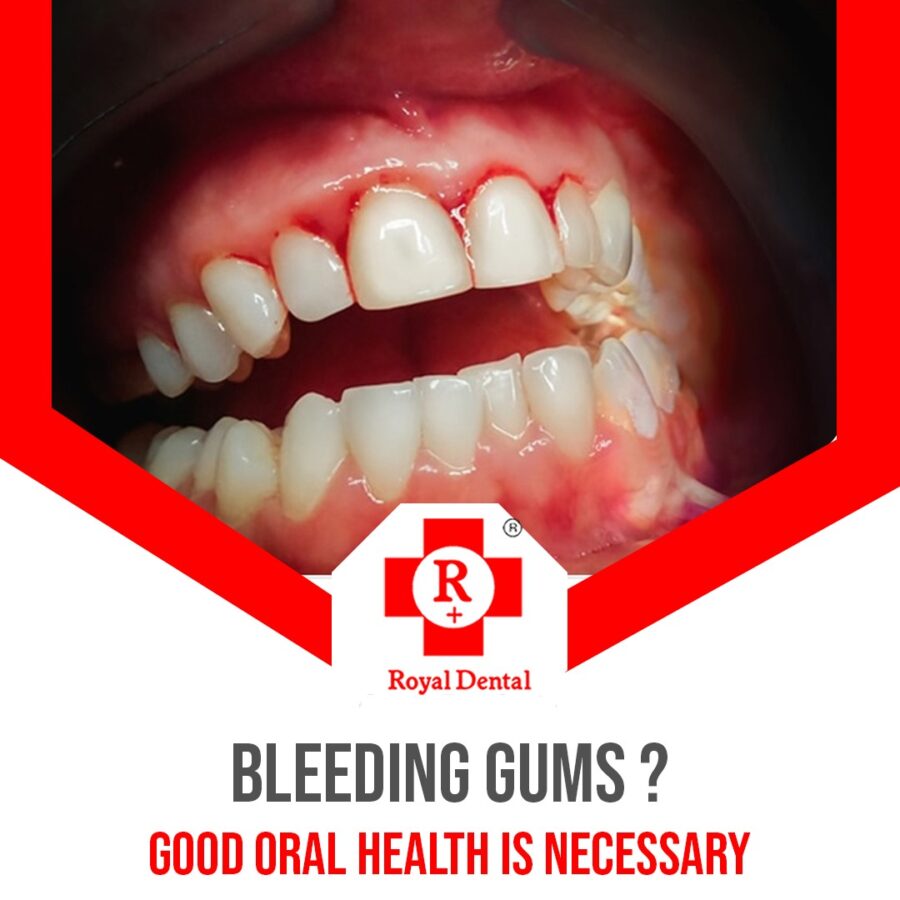
Additionally, you may notice a bad taste in your mouth and experience pain when eating certain foods, particularly sweets. The disease can also cause your teeth to become loose or fall out. Gingivitis can be treated, but it can also be prevented. If left untreated, the bacteria found in periodontal disease can travel through your bloodstream and cause other health conditions, including heart disease and diabetes. Gum disease can also cause a lot of pain, make you less confident to talk to others and have a negative effect on your self-esteem.
Causes of Gum Disease
Bacteria that cause infections in your mouth, like gingivitis, can lead to gum disease. Gum disease can also be caused by genetics, certain health conditions, trauma or stress. While brushing your teeth twice a day and flossing daily is a good start, it won’t be enough to keep gum disease at bay. Regular visits to the dentist are the best way to prevent the onset of gum disease. In addition to brushing twice a day with a soft-bristled toothbrush and flossing once a day, you should also use an anti-bacterial mouthwash at least twice a day to reduce bacteria in your mouth.
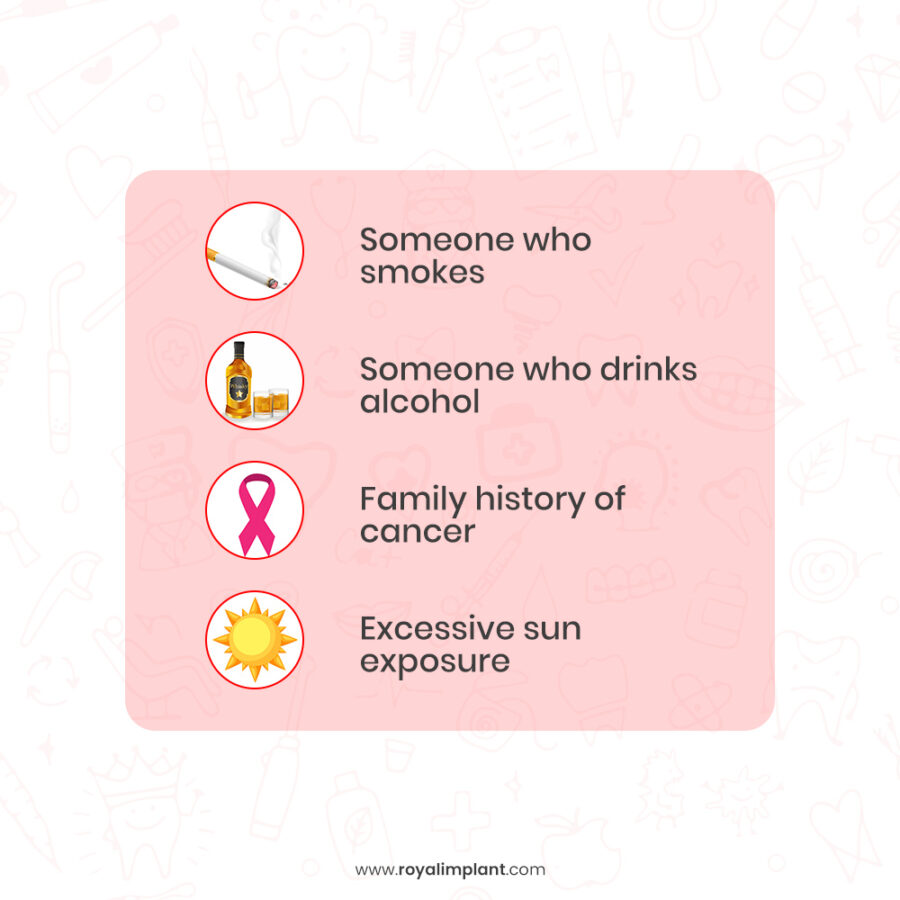
Signs and Symptoms of Gum Disease
Bleeding gums. If you notice red, swollen gums when you brush your teeth, it could be a sign of gum disease. Bleeding gums are often accompanied by a bad taste in the mouth.
Gingivitis: It is characterised by red, swollen gums and bleeding when brushing your teeth. But unlike gum disease, gingivitis is reversible and treatable by improving your oral hygiene.
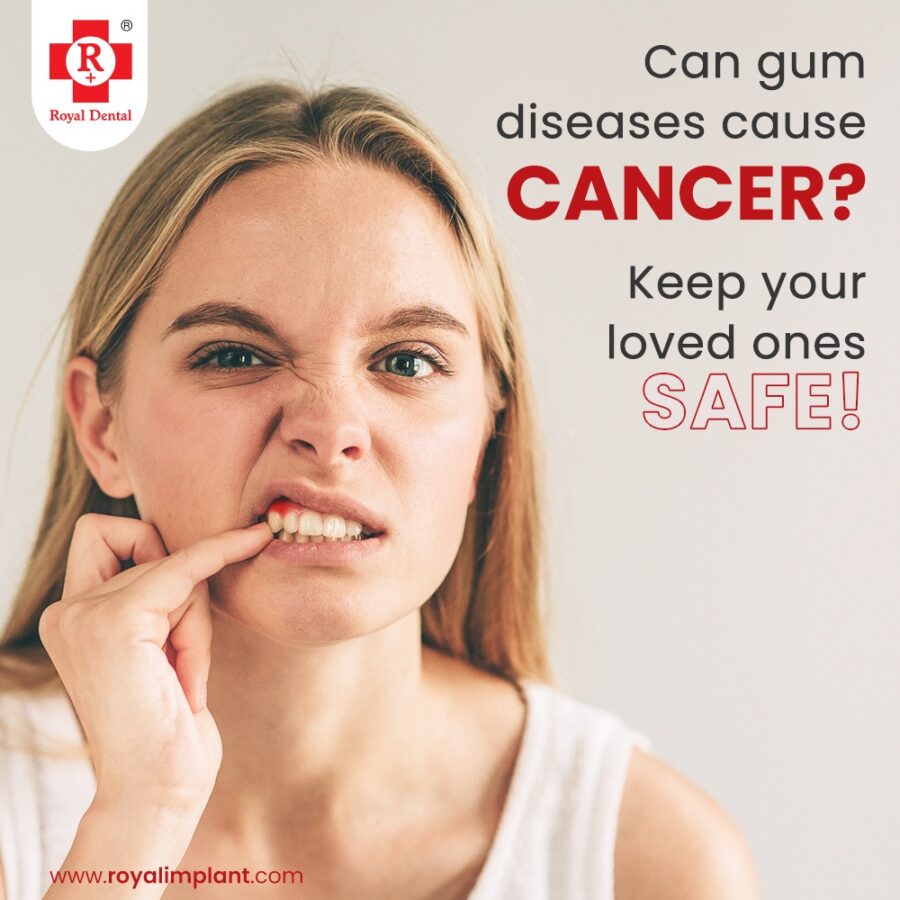
Infected gum line. If you have an infected gum line, you’ll notice a foul smell coming from your mouth. This is a major warning sign that you need to see your dentist immediately.
Receding gums. If you see that your gums are receding and exposing your teeth, it could be a sign of gum disease or poor oral hygiene.
Swollen or enlarged gums. If your gums are swollen and larger than normal, you might have an infection in your gums.
How to get rid of Periodontal Disease?
If you notice any of the above signs and symptoms, it’s important to seek consultation from a dentist or doctor to ensure that you don’t have gum disease. The good news is that gum disease is treatable, and you can get rid of it by improving your oral hygiene and lifestyle choices. Common tips to get rid:
- Brush your teeth at least twice a day.
- Opt for an electric toothbrush to maximize your cleaning potential.
- Make sure your toothbrush has soft or extra-soft bristles.
- Replace your toothbrush every three months.
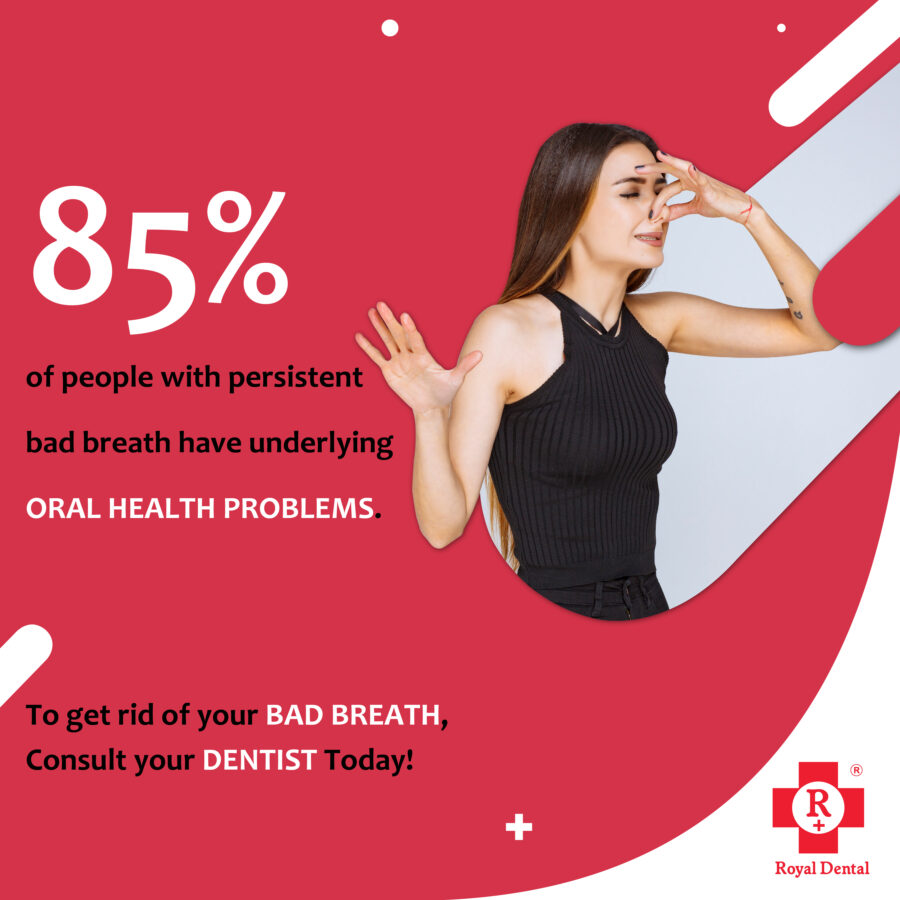
5. Floss daily.
6. Use a natural mouthwash.
7. Regular visits to the dentist
8. Visit your dentist at least once a year.
Tips to Prevent Gum Disease
Brush your teeth twice a day to remove any plaque buildup
Use a soft-bristled toothbrush
Floss daily to remove food between your teeth and below your gum line

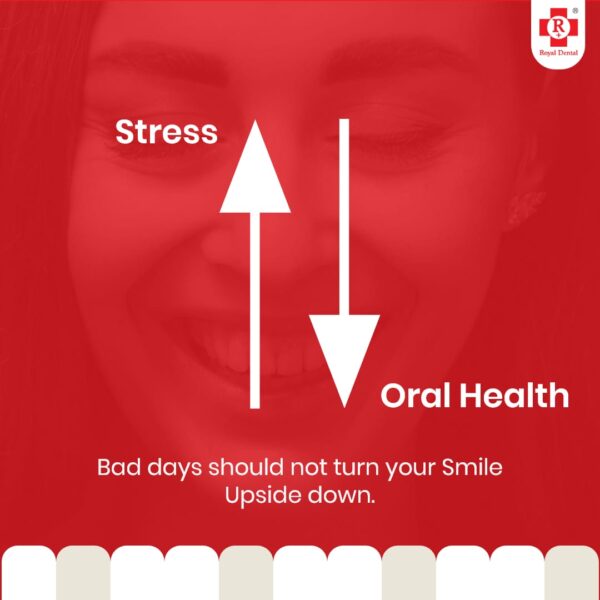

Clean your tongue to remove excess bacteria
Use an anti-bacterial mouthwash to rinse your mouth after meals
Avoid smoking and chewing tobacco
Limit your caffeine intake
Manage your stress levels
Conclusion
Gum disease is an infection of the soft tissue around your teeth and can also affect the bones supporting your teeth. You can reduce your risk of gum disease by brushing your teeth twice a day with a soft-bristled toothbrush and flossing daily. If you notice any of the signs or symptoms of gum disease, it’s important to seek consultation from a dentist or doctor as soon as possible.
Follow Us For More Updates
